Microscope Parts Quiz: Test Your Understanding Of Its Anatomy
(159).jpg)
A microscope is an important tool in science, helping us see tiny objects that are invisible to the naked eye. Understanding its parts is essential for using it correctly. This Microscope Parts Quiz will test your knowledge of key components like the eyepiece, objective lenses, stage, and light source. If you are a student then this quiz will challenge your understanding of their functions and importance.
In this parts of a microscope quiz, you will answer questions about how each part works and why it is necessary. Knowing these details is crucial for biology, physics, and chemistry students. From focusing Read moremechanisms to magnification, every part plays a role in producing clear images.
Microscope Parts Questions and Answers
- 1.
What is the function of the arm?
- A.
It is used to support the microscope when carried.
- B.
You look through to see the specimen.
- C.
Holds the slide in place.
- D.
Moves the stage up and down for focusing.
Correct Answer
A. It is used to support the microscope when carried.Explanation
The arm of the microscope is used to support the microscope when it is being carried. This suggests that the arm provides stability and balance to ensure that the microscope does not get damaged or dropped while being transported. The other options mentioned, such as looking through to see the specimen, holding the slide in place, and moving the stage up and down for focusing, are not the primary functions of the arm.Rate this question:
-
- 2.
What is the function of the stage clips?
- A.
Magnification ranges from 10x to 40x
- B.
Hold the slide in place
- C.
Move the stage up and down to focus
- D.
Support the microscope
Correct Answer
B. Hold the slide in placeExplanation
Stage clips are used to hold the slide in place on the stage of a microscope. This ensures that the slide remains steady and secure while viewing or examining the specimen. By holding the slide in place, stage clips prevent any movement or displacement that could affect the accuracy of the observations or the focus of the microscope.Rate this question:
-
- 3.
What is the function of the fine adjustment knob?
- A.
Holds the high and low power objectives. It can be rotated to change the magnification.
- B.
Supports the microscope
- C.
Moves the stage slightly to sharpen the image
- D.
Magnification ranges from 10x to 40x
Correct Answer
C. Moves the stage slightly to sharpen the imageExplanation
The fine adjustment knob on a microscope is used to make small, precise movements to the stage in order to bring the image into sharp focus. This is especially helpful when using high magnification objectives, as even the slightest movement can cause the image to become blurry. By turning the fine adjustment knob, the user can make small adjustments to the height of the stage, allowing them to achieve a clear and detailed image.Rate this question:
-
- 4.
What is the function of the ocular lens?
- A.
It is used to regulate the amount of light on the specimen.
- B.
To look to see the specimen
- C.
Projects light upwards through the diaphragm, the specimen, and the lenses
- D.
Moves the stage up and down for focusing
Correct Answer
B. To look to see the specimenExplanation
To look to see the specimen.
Here's why:
The ocular lens, also called the eyepiece, is the lens you look through to see the magnified image of the specimen. It magnifies the real image created by the objective lens, making it possible for you to see the tiny details.
While the other options play important roles in microscopy, they are not the primary function of the ocular lens:
Regulating the amount of light is done by the diaphragm, located below the stage.
Projecting light upwards is the role of the condenser lens, positioned between the light source and the stage.
Moving the stage up and down for focusing is achieved by the coarse and fine focus knobs.
Therefore, the correct answer is 2.Rate this question:
-
- 5.
What is the function of the diaphragm?
- A.
It is used to regulate the amount of light on the specimen.
- B.
Supports the slide being viewed
- C.
Moves the stage up and down for focusing
- D.
Holds the slide in place
Correct Answer
A. It is used to regulate the amount of light on the specimen.Explanation
The function of the diaphragm is to regulate the amount of light on the specimen. This is important in microscopy as it allows the user to control the brightness and contrast of the image being viewed. By adjusting the diaphragm, the user can optimize the lighting conditions for better visibility and clarity of the specimen.Rate this question:
-
- 6.
What is the function of the base?
- A.
It is used to support the microscope when carried.
- B.
Moves the stage slightly to sharpen the image
- C.
You look through to see the specimen.
- D.
It supports the microscope.
Correct Answer
D. It supports the microscope.Explanation
The base of a microscope is responsible for providing stability and support to the entire microscope. It is designed to hold the weight of the microscope and prevent it from tipping over during use. Without a sturdy base, the microscope would be unstable and difficult to use.Rate this question:
-
- 7.
What is the function of the stage?
- A.
Magnification ranges from 10x to 40x
- B.
It supports the slide being viewed.
- C.
It holds the slide in place.
- D.
It is used to support the microscope when carried.
Correct Answer
B. It supports the slide being viewed.Explanation
The function of the stage is to support the slide being viewed. The stage holds the slide in place and provides stability while the slide is being observed under the microscope. This allows for accurate positioning and focusing of the slide, ensuring clear and precise examination of the specimen.Rate this question:
-
- 8.
What is the function of objective lenses?
- A.
Moves the stage slightly to sharpen the image
- B.
Moves the stage up and down for focusing
- C.
Projects light upwards through the diaphragm, the specimen, and the lenses
- D.
Magnification ranges from 4x to 100x
Correct Answer
D. Magnification ranges from 4x to 100xExplanation
The function of objective lenses in a microscope is to provide magnification. They are responsible for enlarging the image of the specimen being viewed. The given answer correctly states that the magnification ranges from 4x to 100x, indicating that the objective lenses have the capability to increase the size of the specimen by 4 to 100 times. Different types of objective lenses have differing ranges: Scanning Objective Lens (4x), Low Power Objective (10x), High Power Objective Lens (40x), Oil Immersion Objective (100x).Rate this question:
-
- 9.
What is the function of the light source?
- A.
Projects light upwards through the diaphragm, the specimen, and the lenses
- B.
You look through to see the specimen.
- C.
Holds the high and low power objectives. It can be rotated to change the magnification.
- D.
It is used to regulate the amount of light on the specimen.
Correct Answer
A. Projects light upwards through the diaphragm, the specimen, and the lensesExplanation
The light source in a microscope is responsible for projecting light upwards through the diaphragm, the specimen, and the lenses. This illumination is essential because, without it, the specimen would not be visible under magnification. The amount and direction of light affect the clarity, contrast, and resolution of the image. In most modern microscopes, the light source is either an LED or a built-in lamp. Proper alignment of the light source ensures that light passes uniformly through the specimen. If the light is too dim or too bright, it can distort the image, making it difficult to observe fine details.Rate this question:
-
- 10.
What is the function of the coarse adjustment knob?
- A.
Supports the microscope
- B.
Moves the stage up and down for focusing
- C.
Holds the high and low power objectives. It can be rotated to change the magnification.
- D.
Holds the slide in place
Correct Answer
B. Moves the stage up and down for focusingExplanation
The function of the coarse adjustment knob is to move the stage up and down for focusing. This allows the user to adjust the distance between the objective lens and the specimen, bringing it into clear focus. The coarse adjustment knob is used to make larger adjustments to the focus, while the fine adjustment knob is used for more precise focusing.Rate this question:
-
- 11.
What is the primary function of the revolving nosepiece?
- A.
Supports the microscope
- B.
Holds and rotates objective lenses
- C.
Regulates the amount of light
- D.
Moves the stage up and down
Correct Answer
B. Holds and rotates objective lensesExplanation
The revolving nosepiece holds and rotates the objective lenses, allowing the user to switch between different magnification levels easily. This is crucial in microscopy because different specimens require different magnifications for optimal clarity. By turning the nosepiece, the user can change from a low-power objective, such as 4x, to a high-power objective, like 40x or 100x, without disturbing the alignment of the slide. This design ensures efficiency in viewing specimens with varying levels of detail. The nosepiece also keeps the objective lenses securely in place, preventing accidental shifts that could affect focus and image quality.Rate this question:
-
- 12.
What part of the microscope connects the eyepiece to the objective lenses?
- A.
Arm
- B.
Stage
- C.
Body tube
- D.
Base
Correct Answer
C. Body tubeExplanation
The body tube connects the eyepiece to the objective lenses, ensuring that light travels correctly through the microscope to produce a clear image. Without a properly aligned body tube, the optical path would be distorted, causing blurriness. The body tube also helps maintain the correct distance between the eyepiece and the objective lenses, ensuring that the magnified image remains sharp and accurate. In compound microscopes, this alignment is critical, as even a slight misalignment can lead to aberrations and reduced clarity. A well-constructed body tube ensures precise image formation and optimal magnification performance.Rate this question:
-
- 13.
How does the condenser improve image clarity?
- A.
Increases magnification
- B.
Adjusts light intensity and focus
- C.
Rotates objective lenses
- D.
Moves the stage slightly
Correct Answer
B. Adjusts light intensity and focusExplanation
The condenser is positioned below the stage and works by focusing light onto the specimen, improving contrast and resolution. It gathers and concentrates light from the microscope’s illumination source, directing it through the specimen before it enters the objective lens. Without a properly adjusted condenser, images may appear dim or blurry due to uneven lighting. High-powered microscopy, such as using a 100x objective lens, requires an optimally adjusted condenser to achieve sharpness. Some condensers also include an adjustable diaphragm to fine-tune the intensity and spread of light, further enhancing image clarity and detail.Rate this question:
-
- 14.
What is the purpose of immersion oil in microscopy?
- A.
Increases resolution by reducing light refraction
- B.
Cleans the objective lens
- C.
Reduces the size of the specimen
- D.
Supports the slide
Correct Answer
A. Increases resolution by reducing light refractionExplanation
Immersion oil increases resolution by reducing light refraction when using high-power objective lenses, particularly 100x. Light bends as it moves from glass to air and back into glass, causing a loss of image clarity. Immersion oil has the same refractive index as glass, eliminating this bending and allowing more light to enter the objective lens. This results in sharper, more detailed images, essential for viewing fine structures like bacteria. Without immersion oil, high-magnification images can appear distorted or blurry due to scattered light. Proper use of immersion oil ensures maximum clarity in microscopic observations.Rate this question:
-
- 15.
What does the mechanical stage control do?
- A.
Moves the slide precisely for better viewing
- B.
Adjusts the focus of the microscope
- C.
Changes magnification power
- D.
Regulates the light intensity
Correct Answer
A. Moves the slide precisely for better viewingExplanation
The mechanical stage control allows precise movement of the slide in small increments, enabling accurate positioning of the specimen under the objective lens. This is especially important at high magnifications, where even a slight movement can shift the specimen out of view. The control typically includes two knobs—one for horizontal movement (left-right) and another for vertical movement (up-down). This precision helps in detailed observations, measurements, and comparative studies. Without a mechanical stage control, adjusting the slide manually can cause vibrations, reducing image stability and making it harder to focus on small or delicate specimens.Rate this question:
-
Quiz Review Timeline +
Our quizzes are rigorously reviewed, monitored and continuously updated by our expert board to maintain accuracy, relevance, and timeliness.
-
Current Version
-
Feb 28, 2025Quiz Edited by
ProProfs Editorial Team
Expert Reviewed by
Daniel P -
Oct 13, 2010Quiz Created by
Casparina





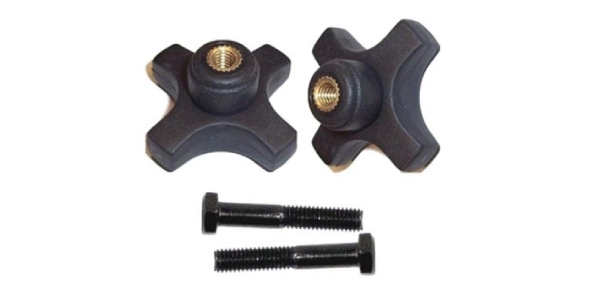
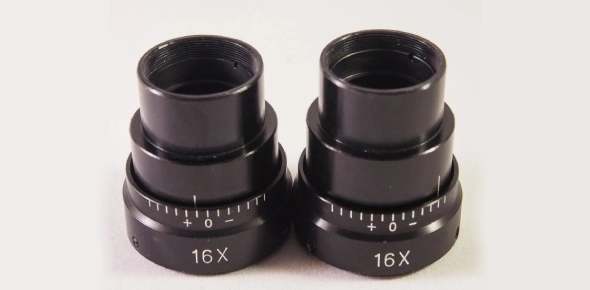


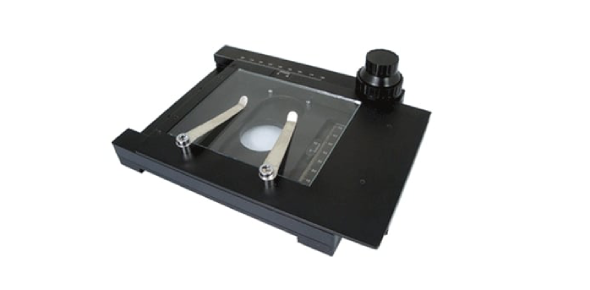
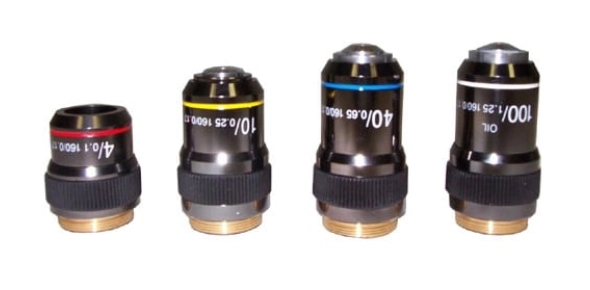
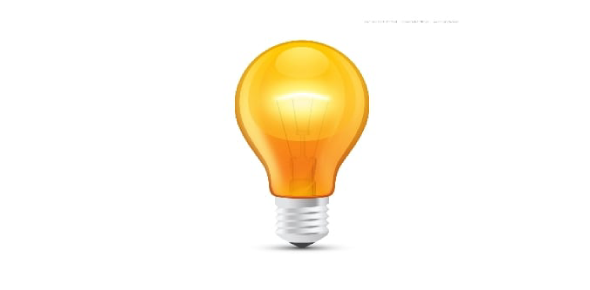

.webp)
.webp)
.webp)
.webp)
.webp)